In the 1920s, author Hugh Lofting wrote a series of charming children’s books about Doctor Doolittle, whose pet parrot, Polynesia, taught him how to speak with animals in their own language. As a horse owner, you may sometimes wish you had your own Polynesia to teach you the equine language. The good news is you don’t need a clever parrot to teach you how to speak horse. You just need to learn what your horse is already saying to you.
Equine Communication

Horses communicate extensively through body language. A horse immediately picks up on emotions and notices the most subtle movements. Take, for example, a group of horses grazing together. If the more dominant horse decides he wants a particular patch of grass where another herdmate is eating, he uses body language to tell his subordinate to move. He will lift his head toward the “lesser” horse, typically with his chin elevated and his ears pinned back. If the lower-ranking horse doesn’t move out of the way within a few seconds, the dominant horse will lunge toward him, mouth open and ears flattened, and will usually bite his herdmate’s shoulder or hindquarters. If the lesser horse shows any aggression in return, the leader will typically spin around and fire a series of rapid kicks.
The dominant horse, male or female, instinctively increases the amount of pressure needed to move the other horses. We humans can learn a lesson from this example. So many people jerk on their horses or kick hard to make them move. The key is to start with minimal pressure and only increase it if you aren’t getting the response you want. Release the pressure as soon as your horse responds appropriately.
Predator vs. Prey
As prey animals, horses are constantly on guard for predators. (Your horse considers you a predator, no matter how much you love him.) Given the choice, they would always rather run than fight. This is not something they learn; it’s simply an instinct they are born with. You can expose a horse to many situations and build his confidence, but he will always remain a prey animal. If you keep this in mind when working with your horse, you will be a step ahead of many other horse owners.
“It’s important to understand that horses are flight animals,” says Ken McNabb, a popular clinician who trains horses using natural horsemanship methods and has won several colt-starting competitions (www.kenmcnabb.com). “If something scares them, they try to leave. They will only fight if they are cornered and have no other option.”
Follow the Leader
Many owners make the mistake of treating their horses like big dogs. However, dogs (like humans) are predators, so they are different in their emotional needs, body language, and the way they interact and view virtually every situation.
McNabb says there is one common mistake that people make when it comes to relating to their horses: “They fail to establish leadership within the relationship,” he explains. “The horse is a herd animal, and within the herd, there has to be a hierarchy and a leader responsible for everyone’s safety. Horses demand this. Being a herd animal isn’t something the horse chooses; it’s how he’s made.
“When you get a horse, you develop a two-being herd—you and the horse,” continues McNabb. “If you’re not responsible for being in charge, then the horse has to take [control]. That’s when people start running into behavioral problems and get hurt because the horse has no direction. He will choose his own direction and take care of himself first.”

In a herd of wild horses, there is always a definite leader, and that horse is responsible for the safety of the entire group. Other herd members will constantly challenge the leader to make sure he (or she) is still strong enough to protect them. So long as there is a leader in control, the rest of the horses can relax.
For example, when a lesser horse in a herd sees something spooky, he will often run a short distance before stopping to look back and see if what scared him was really worth running from. The rest of the group may not even quit grazing. In just a short time, the frightened horse will settle down and go back to grazing. If, however, the dominant horse sees something and decides it’s worth running from, the entire group will go along. That’s because all of the horses respect the leader, and if he says, “Let’s go,” then they quickly respond.
Becoming a Leader
How can you present yourself so your horse sees you as the leader? First, make sure he respects your space. This means that whenever you are handling him, you should be the one making him move, and not the other way around.
If your horse swings his hindquarters toward you or bumps you out of the way with his shoulder, he is clearly telling you through his body language that he doesn’t see you as a leader. If he rubs his head on you, or nips at you to get your attention, he doesn’t respect your boundaries. (He would never do this to the dominant horse in a herd without paying the price.) If he walks ahead when you’re leading him, then he is taking charge.
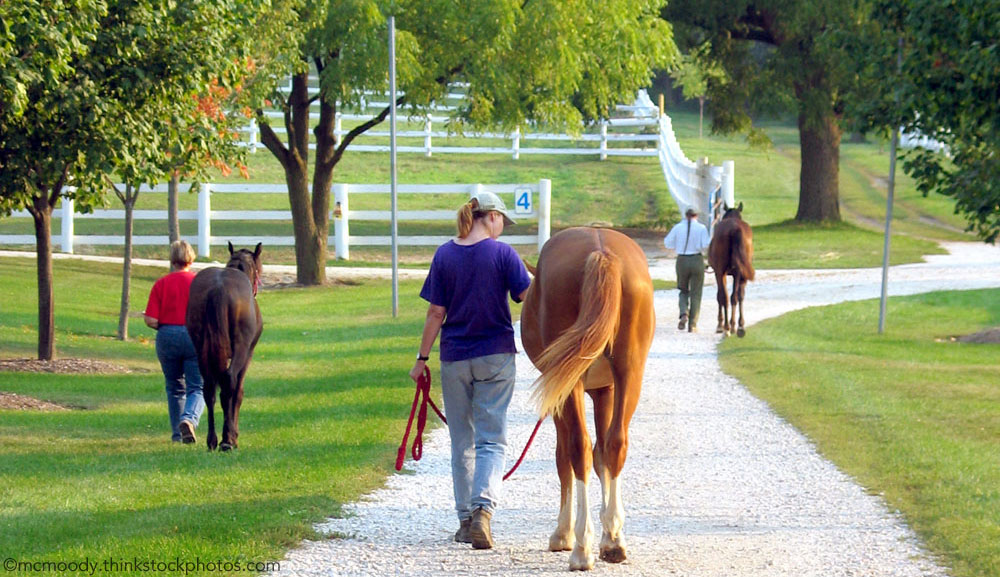
“You don’t have to be a dictator, but you should enforce your boundaries with your horse,” says McNabb. “Bad manners and rudeness are the same whether you’re dealing with horses, dogs, kids or adults. If a horse is making me feel uncomfortable with his body language, then it’s inappropriate.”
Let’s consider the horse that steps into your space while you are grooming him. To change his mindset, you must make him move his feet. You don’t have to hit him or jerk on the lead rope, but you need to use enough pressure to make him move when you ask him to. For some horses, you might just need to raise your hand. For others, you may need to push on their shoulder or hip. In the case of a more dominant horse, or one that you have allowed to be pushy, you may need to poke him with the handle end of a crop. However, you want to make the horse move his feet while you remain in the same place. Horses understand this pecking order lesson immediately. They know that the one whose feet move the most is lower on the totem pole.
“We don’t have more physical power than the horse, but we have mental power,” says McNabb. “The horse doesn’t know how much pressure you can apply. If a horse moves into me, I may lift my hand and wave it at his eye to make him back up.”
McNabb finds that in many cases, responding to a horse with the same type of behavior he shows you is highly effective. “If a horse is nibbling on my sleeve, this is incredibly disrespectful,” he says. “So I might use my fingers to pinch him on the nose enough to annoy him. This is doing to him what he’s doing to me. The second he quits the behavior, I stop and leave him alone.
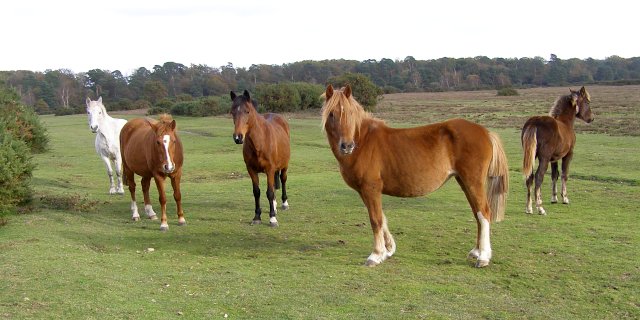
“You don’t have to give him treats or pet him to reward him,” continues McNabb. “Horses crave peace and quiet. Often, the greatest reward for a horse is just to be left alone. When you step back from the horse, this releases all of the pressure. You can leave him alone for just 10 seconds or so, then step up and rub him for a few seconds to reinforce that he did well. Many times, the horse will then sigh, drop his head and relax. Feeling safe is the ultimate thing.”
Horses don’t plot against us or try to come up with ways to frustrate us; they are simply doing what we allow them to do. In many respects, horses are like 5-year-old kids that happen to weigh 1,000 pounds. They will constantly push boundaries to see how far you’ll let them go. But as you reinforce those boundaries and consistently take on the role of the leader, they will begin looking to you for permission and guidance.
Talking to Horses
Many people rely too heavily on their voices when working around horses.
“Horses understand intent and tone, but they don’t understand English,” notes McNabb. “We try to talk our horses into cooperation, but in truth we need to demonstrate with our body language and the exercises we put them through that we are capable of being their leader.”
McNabb admits that he often talks out loud when working with his horses, but that this is more for him than for his equine partners. “I constantly talk to my horse. It’s not what I say; talking helps me control my own emotions,” he says.
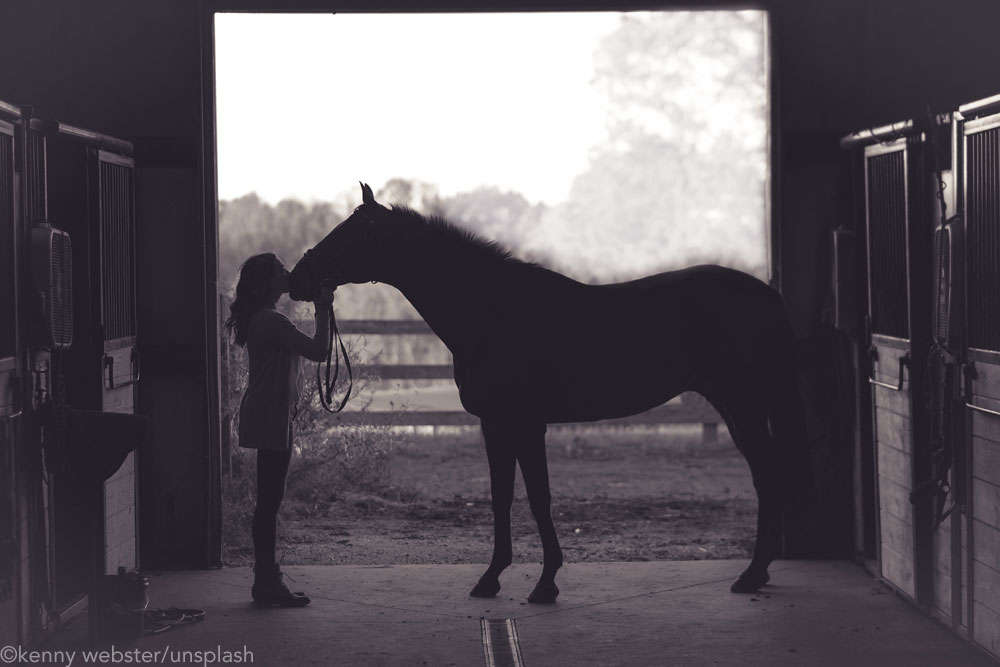
Horses easily pick up emotions. If you are upset, angry or nervous, your horse will notice this immediately. Even if you try to hide your feelings, your body language exposes your emotions, and you may unintentionally send your horse the wrong message.
Although McNabb talks to his horses, when it comes to giving a horse cues to execute a certain task, he only uses body language. This helps avoid confusion on the horse’s part. “For cues, I don’t use my voice at all,” he says. “When I ask a horse to do something, I ask him with my body.”
Reading Horses
To become better versed in equine body language, pay attention any time you are around horses. Here are some basic expressions and behaviors you can easily observe.
Horses change their facial expressions just as people do, so watch their ears, eyes and mouth.
Watch the shoulders and hindquarters. If your horse respects you, then he will yield them to you. If he’s pushy or even bumps into you, it means he doesn’t see you as the leader.
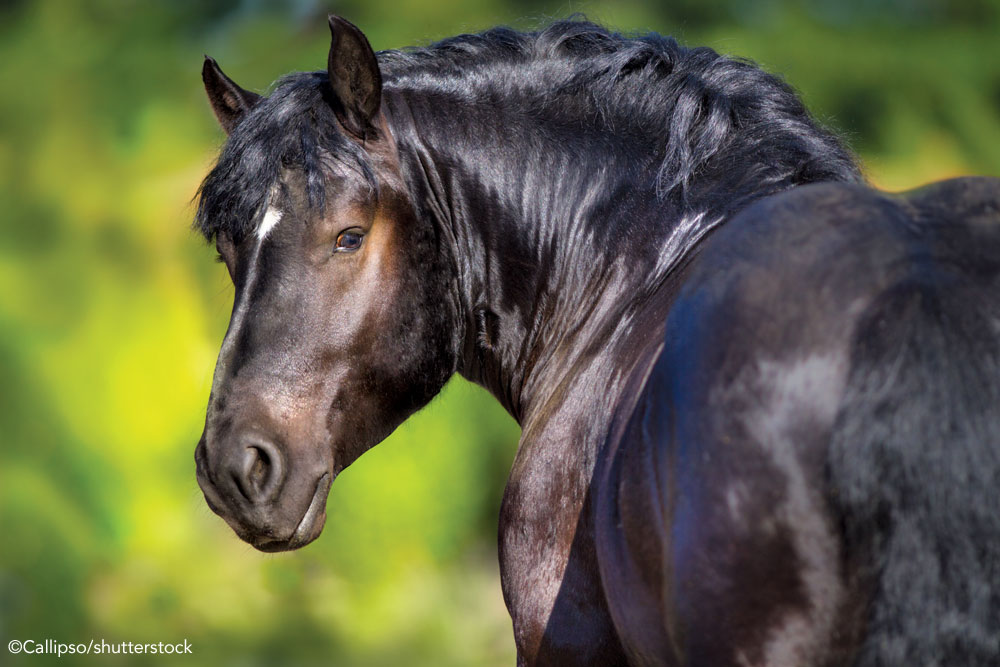
Notice what your horse is doing with his tail. Is it hanging relaxed or gently swishing at flies? This is normal. However, if he is wringing his tail or swishing it rapidly, then he is annoyed or irritated. Is the tail clenched tightly against his hindquarters? This is a sign of fear or nervousness. An elevated tail means high spirits.
Make it a point to become a “student” of equine body language. Spend as much time as possible watching horses in a group and study how they act and react. In time, you will be able to tell what your horse is thinking and feeling. When that happens, you will be able to speak “horse” without saying a word.
Further Reading
Connecting with Your Horse
Equine Body Language
When Horses Act Dangerously
Cynthia McFarland is a Florida-based freelance writer and horse owner whose latest book is The Foaling Primer.
This article originally appeared in the 2011 issue of Horses USA.

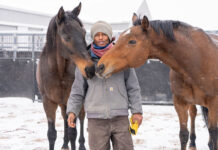
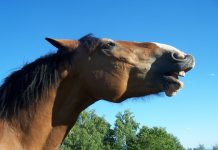
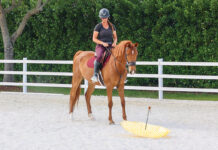


Well-written and all true–with one exception: horses DO understand words. Any person who shows will tell you that horses understand the meaning of walk, trot and canter over the loudspeaker. As a full-time horse trainer, I have taught horses many high school/liberty movements and tricks, using verbal commands BEFORE body language, which they respond to. I have even taught a horse to discriminate between colors using words. They most certainly DO understand verbal commands and words.
Interesting! I hope that everyone has a great and safe weekend!
I agree with Carole – I have to spell a lot of commands when I am working with my trainer or just having a conversation while riding, or my horse will c-a-n-t-e-r or t-r-o-t (or ask for confirmation) or think he is going for w-a-l-k-i-e-s around the farm or we are getting ready for j-u-m-p-i-e-s. And if I tell him we are going to the washstall he walks in. I’m sure he understands a lot of other words and phrases too.
Thank you for this marvelous article. My horse and I have a pretty good communication, but this article helps us even better the communication. Yes I also agree on the understanding of words. My horse understands questions when I ask him about going riding, or if he loves me or give me a hug. Or when we are rding and we’re at the end of our ride I say ok and he heads for the mounting stand. Yes they are akin to humans I once read. They understand verbal communication.
This article has helped me to understand how to communicate better with my horse. It is true that most of these things in this article I already knew, but it is good to refresh one’s mind now and then. Thank you so much for this wonderful article!
Good article, and I will have to try it on my youngest filly.
While I enjoyed the article it fails to address knowing the difference between a horse that wants to show some affection vs. it being a violation of space. This is an important aspect of the human horse relationship and I am sure most people
would like to know. If you dismount and your horse turns gently and just touches your sleeve with his nose, thats rude behavior? Where do you draw the line?
Great article and advice. The only point I would make is that horses also learn from us and they can definitely learn words and what they mean. They’re smart and pick things up quickly. They’re also eager to learn and want to understand us.
interesting informative
I already knew how to talk to my horses. Both body language and vocalizing. I can talk to horses and they talk to me. Its hard to beleive but when i grow up i am going to help people understand what is wrong with there horses and stuff.
Very well written with a true knowledge of “horse”. I have to be careful to maintain a leadership role with my horse because my instinct is to be “nice” to him to the point he assumes leadership. He doesn’t mind me being leader at all…probably likes it. And we do so well when we are on the right page with each other.
I love my first horse just don’t get it yet
it has been very helpful. I have watched the leader with his control of the other horses. I noticed when the leader moves away they follow him. I do talk to them in a soothing voice and they know their name. When I call them by name their head comes up and their ears pop up. I have these horses on my property for their owners.
Out of our 7 horses, 6 only need occasional reminders of who is the leader. One, hoever, comes out of the stall every day immediately making little false bites, as if saying “I could bite you.” He also puts his head well into my space. All the other behaviors like pushing, taking the lead, butt toward you, etc. do not happen. I can direct him with glancese and little gestures (backup, come, go, move front/ back end). I’d like the behavior to cease and have tried circling, smacking his mouth (which he seems to like), pushing his head away, and other things. Generally, once I get to one quasi-forceful move, he’s good for the day but back at it at breakfast next day. He’s peaceful (one of the best) to ride too.
Advice?
You write:”In a herd of wild horses, there is always a definite leader.
You have a basic and big problem because there’s NOT a definitive leader.
Please, inform yourself with real and scientiphique etthologique information.
You are wrong in the roots so ….
This is really interesting. I don’t own horses, but I have a dog and five cats, so I’ve learned to speak dog and cat pretty fluently, although I am still learning. (For example, many people will say that when you get very old, it’s like living a second childhood. It’s the same with dogs, and I’ve been relearning how to relate to my senior dog by treating him like a puppy again in some ways.) I just find the concept of being able to be understood by and to understand creatures who don’t speak the same body language as you (let alone verbal language) to be fascinating and rewarding. I would love to “speak horse” pretty well when and if I can afford to get horses someday!
This seems very helpful when I get horse I do actually what this says.
“They don’t understand English” – Tell this to the riding instructor who must spell out the word “trot” in the lesson, otherwise the horses will just pick up the trot without being asked. My horse literally understands English and this is easily proven by asking him where things are – such as “where is your bucket” – he will crane his neck around and look at the bucket. He will also turn his head to look at each person you name in his environment, sometimes reaching for them with his nose. When a horse is spooking, we say “easy” and he calms down. If I say “back” my horse backs up without being touched or any pressure applied. Whoever has not experimented with this phenomenon (through a great deal of repetition and reinforcement) is missing a mind-blowing communication opportunity. Horses can easily understand human speech, on a very basic level – that of a 3-year old child. All you have to do is teach them. To me it is the most fascinating and rewarding aspect of horse ownership.
[…] How to Speak Horse […]